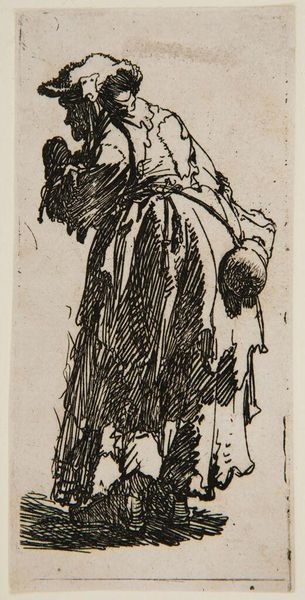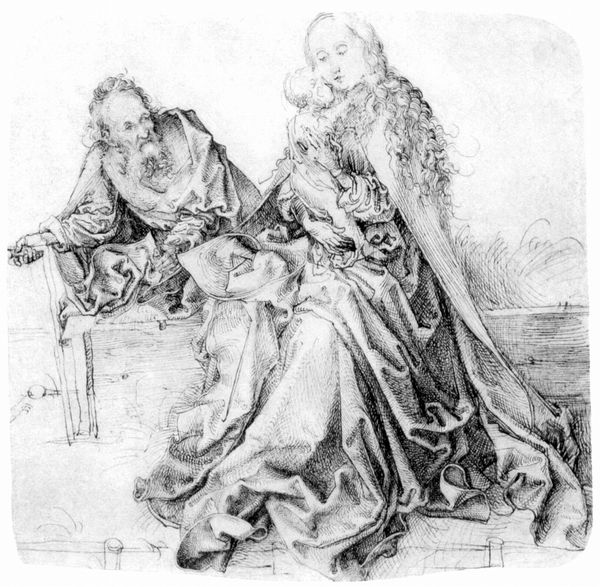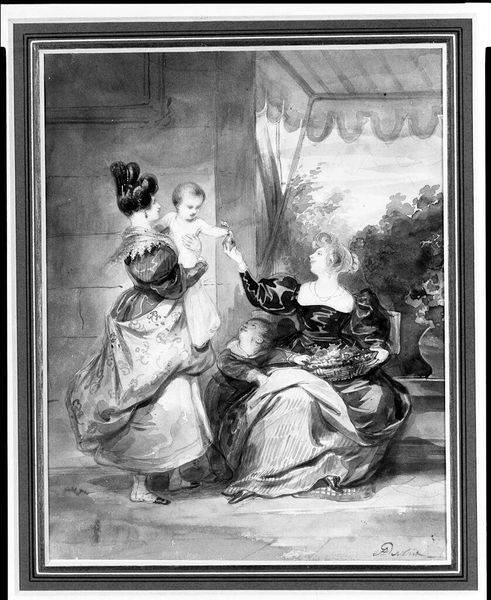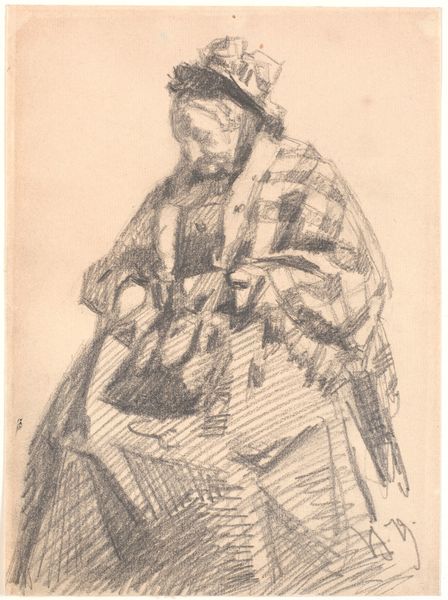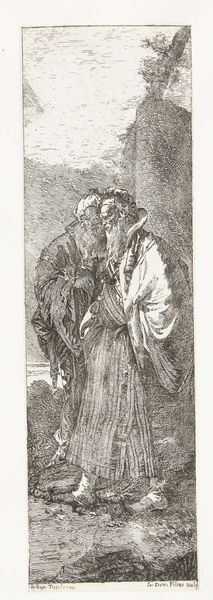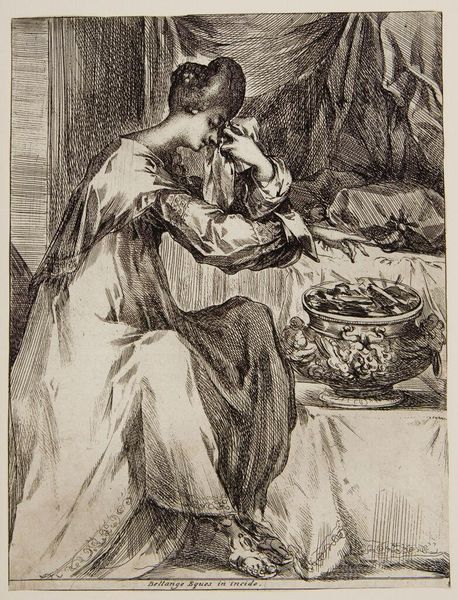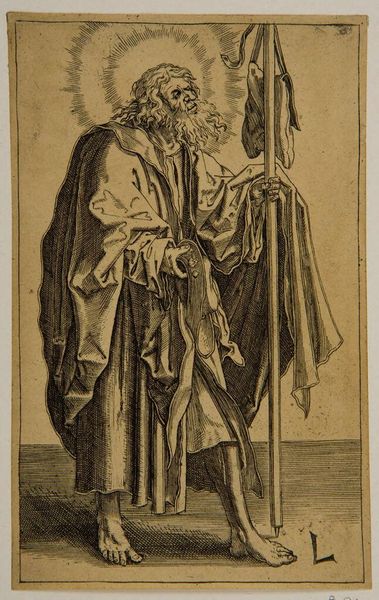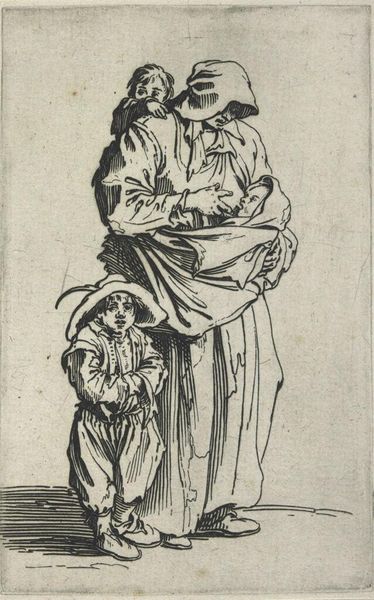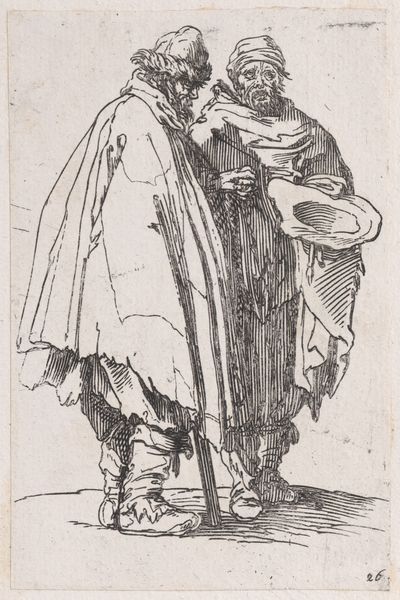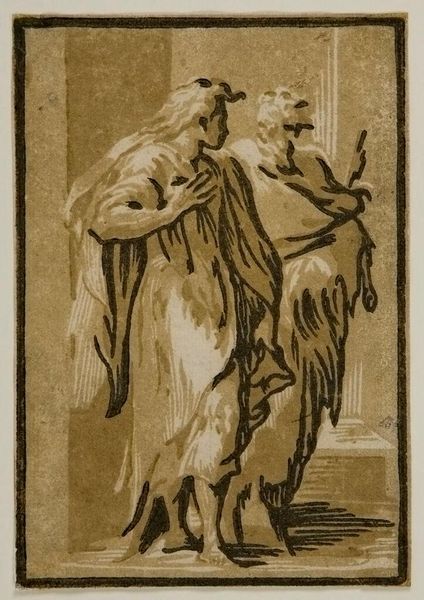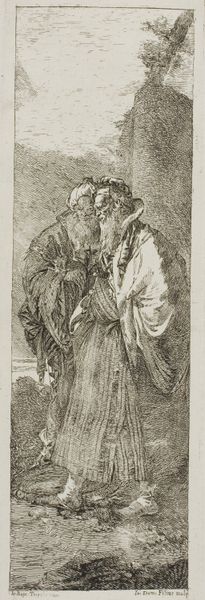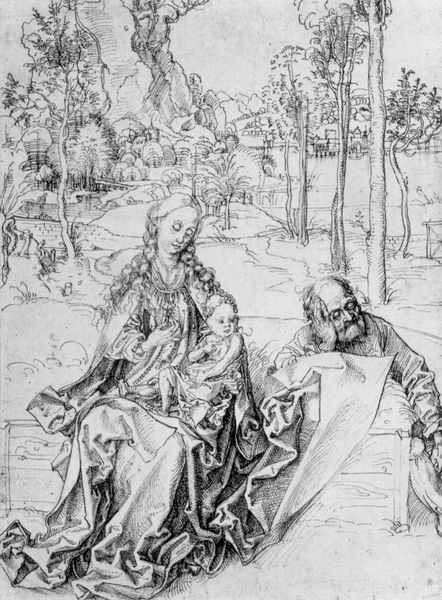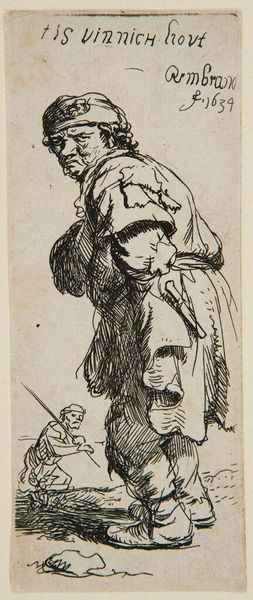
painting, oil-paint
#
portrait
#
painting
#
oil-paint
#
figuration
#
oil painting
#
male-portraits
#
russian-avant-garde
#
genre-painting
#
academic-art
#
realism
Copyright: Public domain
Editor: Here we have Konstantin Makovsky’s "Boyar," painted in 1890. He looks contemplative, maybe even burdened by something. What do you see in this piece? Curator: The weight of history, certainly. Look at the layering of symbolic markers. The opulent fur, the embroidered sleeves, the headdress; these aren’t just fabrics and threads. They’re visual talismans invoking centuries of Russian aristocracy. But what story do these symbols tell *you*? Editor: Well, the fur seems really heavy and maybe he’s uncomfortable? Perhaps the old symbols are now burdens in his present? Curator: Precisely! The 'Boyar' were essentially wiped out, targeted by Bolsheviks who felt similarly to you about them: symbols of greed, arrogance, and unnecessary weight upon the people. Makovsky painted many historical genre paintings idealizing the period before radical reforms challenged social structure. Editor: So, in his time, painting figures like this Boyar was a political statement of resistance to a shifting cultural identity. And the heavy fur and posture are intentional, adding a psychological layer? Curator: Yes! Consider how memory and identity are visually constructed and negotiated. The portrait revives a cultural archetype, perhaps attempting to instill a sense of cultural pride. It makes you wonder whether these historical markers served to uphold or to bury a legacy. Editor: That makes you rethink about the intention of every symbol in the painting. Thanks for this insight. Curator: My pleasure. Art gives shape to collective memory, and even forgotten symbols whisper their secrets if we listen closely.
Comments
No comments
Be the first to comment and join the conversation on the ultimate creative platform.
